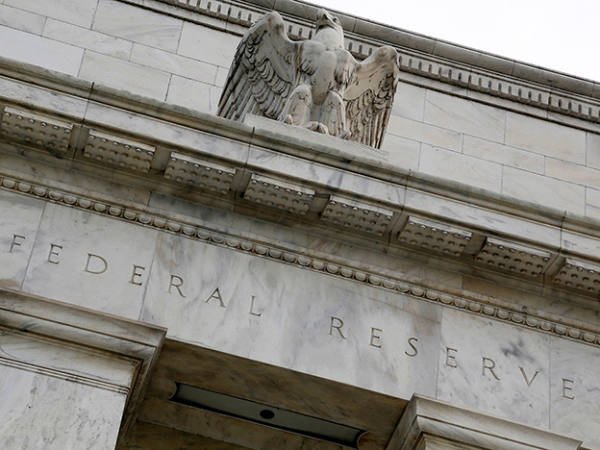How expensive are US stocks? By conventional standards, the answer is 'very'. The dividend yield on the S&P 500, at 1.9 per cent, is far below its average of 4.3 per cent since data began in 1871. And the cyclically adjusted price-earnings (PE) ratio, at 31, is almost twice its long-term average.
These measures, however, aren’t terribly useful. They have signalled for years that shares are overvalued and yet, until very recently, the market has powered ahead. If you’d acted on conventional valuations you would have missed out on a long bull market.
We therefore need some different measures. My chart shows three. All are taken from the Federal Reserve’s US financial accounts data. They refer to non-financial corporations operating in the US.
Our first measure is the dividend yield, which has been quite stable as you’d expect. My second is a version of the earnings yield – pre-tax profits as a percentage of the market value of equities. This was very high in the early 1980s partly because high interest rates caused future profits to be discounted very heavily.
My third measure is the cash flow yield. This is based on the fact that dividends are not the only way in which companies give investors cash. They also do so by buying back shares or by buying other companies with cash. The cash flow yield adds these sources of cash to dividends, and subtracts rights issues. The cash flow yield was negative in the early 1970s and late 1990s because the latter were big.
Since 2000 the cash flow yield has been above the dividend yield because companies have distributed cash to investors in the form of buybacks as well as dividends.
All three of these measures are now below their 30-year average. In the case of the dividend yield, this fact is exacerbated by an accounting quirk. President Trump’s tax changes encouraged companies to bring in cash they had previously hoarded overseas. These inflows, however, have been recorded as negative dividends and so have artificially depressed the dividend yield. This is just temporary. Much of this cash will be given to shareholders. In fact, a lot already has: share buybacks hit a record high in the second quarter (the latest period for which we have data).
In a sense, of course, we should expect these yields to be low. After all, yields on cash and bonds are low by the standards of the past 30 years, so yields on corporate assets should be low too. But does this tell us anything about future returns?
In the case of the cash flow yield, no. Since 1990 the correlation between this and subsequent three-year changes in share prices has been zero. Cash flow yields looked high in 2006-07, which made shares look attractive – just before they crashed.
This shouldn’t be surprising. Big share buybacks can be a sign that companies have no good ways of investing their money. That should be a sign of low future growth, which should mean low future returns. Worse still, buybacks tend to be high when financial conditions are loose enough to allow companies to take on more debt. That can be a sign that bankers and bond investors are overconfident, and hence that we’re heading for trouble.
The dividend yield, on the other hand, does have a significant correlation with subsequent three-year price changes. If we look through the recent artificial dip in it, it points to prices rising moderately in the next three years, albeit with around a one-in-five chance of a fall. This is because the yield is not so far below its recent average as to send a strongly bearish signal.
Much the same is true of the profits yield. It points to slightly smaller price rises than does the dividend yield, with around a one-in-three chance of a fall.
Neither of these indicators, however, add anything to what a naïve forecaster would expect – which would be for shares to rise a little because they normally do so simply as a reward for their riskiness. In this sense, valuations are sending no signal – neither a good one nor bad.
Yes, valuations matter in some times and places: the dividend yield has been a worthwhile predictor of medium-term UK returns for example. In the US right now, however, they are just not telling us much.











